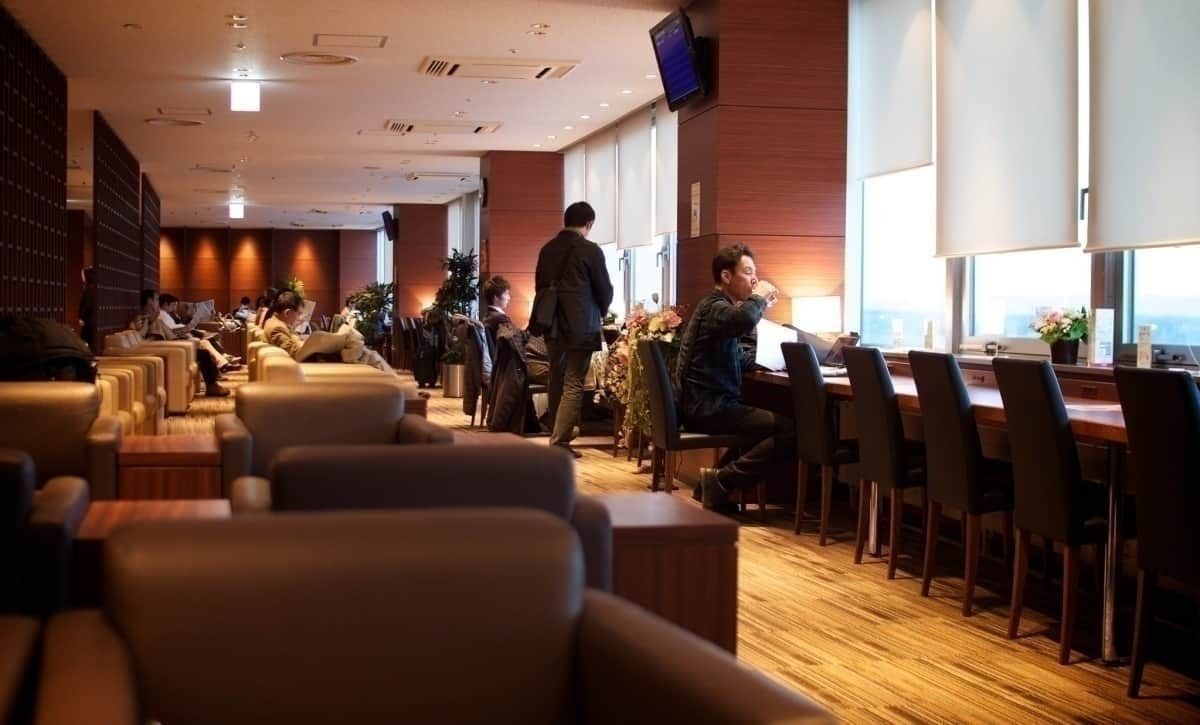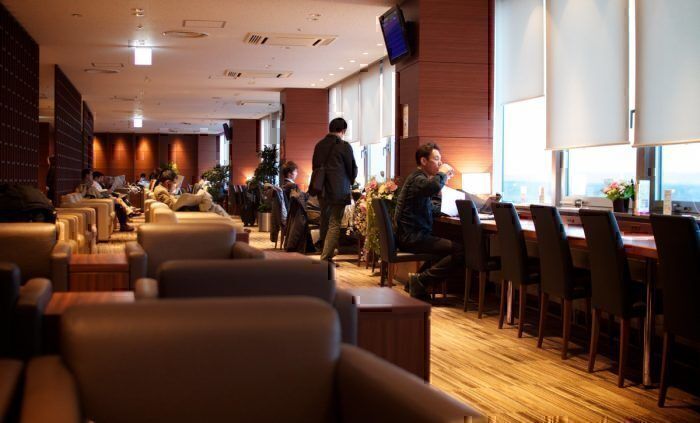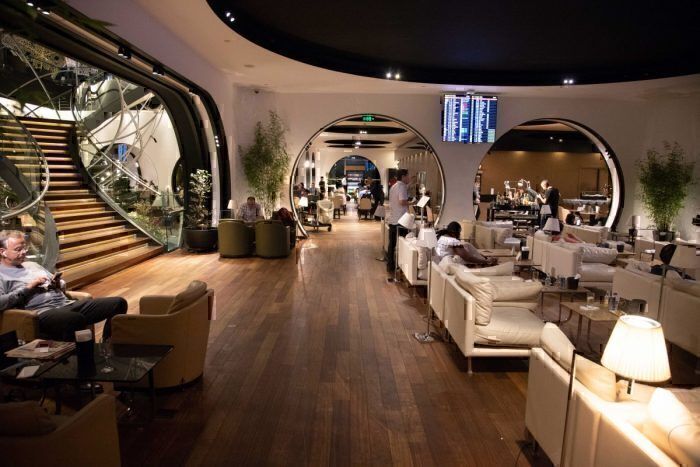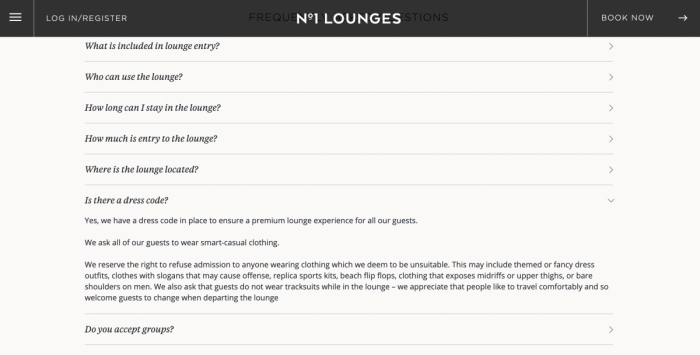Free food, unlimited WiFi, a tended bar and daily newspapers all for the price of some dress code regulations. Are you onboard? We take a look at whether airport lounges should have dress codes or not.
Why do airport lounges have dress codes?
Earlier this month, we reported on a former WWE star who was refused entry into Qantas' Business Lounge due to inappropriate attire. The fashion designer and health advocate was dressed head-to-toe in gym wear, which Qantas found to be in breach of its smart -casual dress code.
Smart-casual is a common policy for airport lounges and it's not particularly restrictive. Such regulations prohibit lounge customers from wearing short clothing, offensive slogans, pajamas and fancy dress, to name but a few items.
But why restrict anything at all? It's all in the interest of passenger comfort. Airlines want to make the airport lounge an experience and, as a paid experience, it might be the least they can do to impose a few rules on what is and isn't allowed.
That said, is it strictly necessary?
Luxurious and comfortable...
There is no objective answer to whether or not airports should implement dress code policy although there are arguments on both sides.
First and foremost, the airport lounge is meant to be a bit more of a luxurious experience than your regular transit. It's an attraction in itself and it's understandable why airlines want to be selective about their entry requirements.
Airport lounges come with a small fee and are attractive to those who fly frequently or for business. Either that, or they're accessed by purchasing a premium fare class, or by gaining status with the airline. They can be an escape and a dress code isn't too much to ask for that. It keeps a certain atmosphere and keeps those paying guests happy.
However, the benefit of airport lounge dress codes is that they are also more sensitive to passenger preferences. Not everyone is happy seeing too much skin on show or to be sat with a rowdy stag or hen troop. Airport lounges provide a standard of service that cannot be mirrored outside the lounge doors. For that reason, a dress code helps to maintain lounge users' expectations.
So what happens when dress codes backfire?
...or subjective and non-essential?
Well, one argument against the dress code rule is that they can still be subjective. In the case of the WWE star. Ms. Eva Marie felt as though she had been wrongly discriminated against. Qantas staff refused her entry whilst they allowed her husband to enter in similar attire. A Twitter debate ensued bringing negative backlash against Qantas. All of that could have been avoided if there was no dress code policy.
What's more, dress code policies are founded on the basis that you are what you wear. Covering your leg below the knee suddenly doesn't make you a more respectable human. It's simply a change in appearance. In this sense, the dress code might be viewed as an antiquated rule.
Furthermore, if passengers are happy to pay for the privilege of the airport lounge shouldn't they be the only ones to decide what they wear?
The bottom line
It's important to think about inclusion in this argument. By providing dress codes, airport lounges provide passengers with options. Those with a preferred taste are able to use the lounges in the comfort that they know exactly what they're getting. For the rest, there's the main airport zone.
Do you agree? Let us know your thoughts in the comments below!




